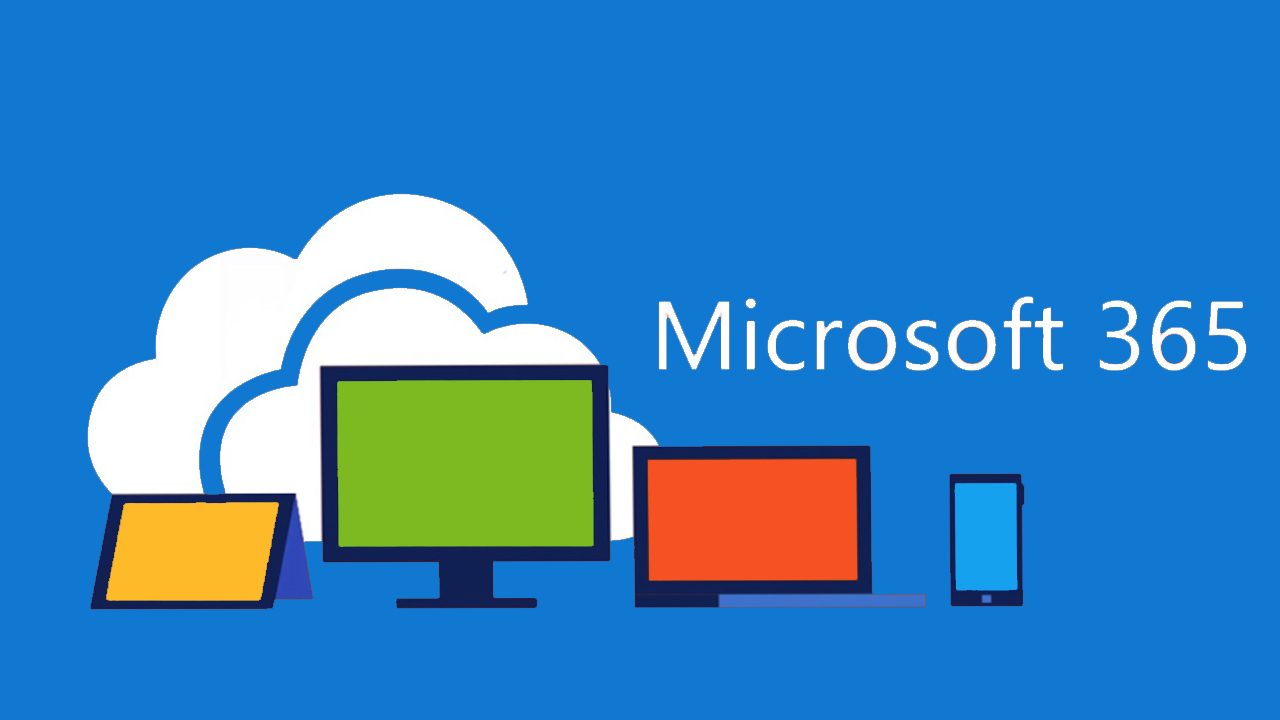About a decade ago, if you were to be told that Microsoft was making a significant amount of revenue selling Office to 120+ million commercial users on a monthly basis, you would have received a few odd looks. But here we are with Microsoft reporting last month that they have 120 million Office 365 users in the commercial segment and nearly 30 million consumers using the platform with no signs of user-adoption slowing down.
For Microsoft, the Software as a Service model has been nothing short of a huge success. The company has pivoted nearly all of its software to this model and now the company is trying to bundle it together under the Microsoft 365 umbrella.
As of now, there are two primary SKUs of Microsoft 365: Business and Enterprise. If you are not familiar with the offering, read Aidan’s post here as it does a terrific job highlighting the differences between the tiers.
But there is much more to this story for Microsoft and Microsoft 365 is likely going to be a much tougher upsell than Office 365. For one thing, nearly all organizations need Office, not every company needs provisioning software or security. Yes, the latter is always needed but let me explain.
When it comes to productivity software, Microsoft stands (for the most part) on an island. Google and even companies like Slack don’t offer a complete solution that competes with Microsoft at the enterprise scale.
But for device provisioning, security, cloud storage, and email, there is significantly more competition from many well-known vendors. In this scenario, Microsoft has to truly show the value of Microsoft 365 to get users to buy into the offering. Unlike with Office 365 where it was a sensible solution, Microsoft has a harder ‘sell’ to move users to this platform.
For environments where companies are running mixed software packages, there will also be a movement step involve that crosses the valley of brand migration. Unlike with Office 365 where the migration is almost always from on-premises to cloud, Microsoft 365 has to not only prove it’s a good product and a good value, but it also has to show that taking the steps to migrate platforms is worth the expense too.
It’s because of these challenges with selling Microsoft 365 that it will be an excellent benchmark to monitor the overall health of Microsoft’s services outside of Office and Windows. This offering pits Microsoft’s security and deployment offerings against the best the industry has to offer and if Microsoft’s services come up short in this area, then Microsoft 365 will face slow adoption.
But, if Microsoft 365 grows quickly and the company is eager to share figures of its adoption in the same way they report Office 365 figures each month, then Microsoft is poised to see strong growth in its quarterly performance.
Remember, Office 365 was announced six years ago which means Microsoft 365 adoption will take some time. But at the same time, for Office 365 only being six years old, it has been growing at a remarkable rate and you can bet the company wants Microsoft 365 to follow that path too.




